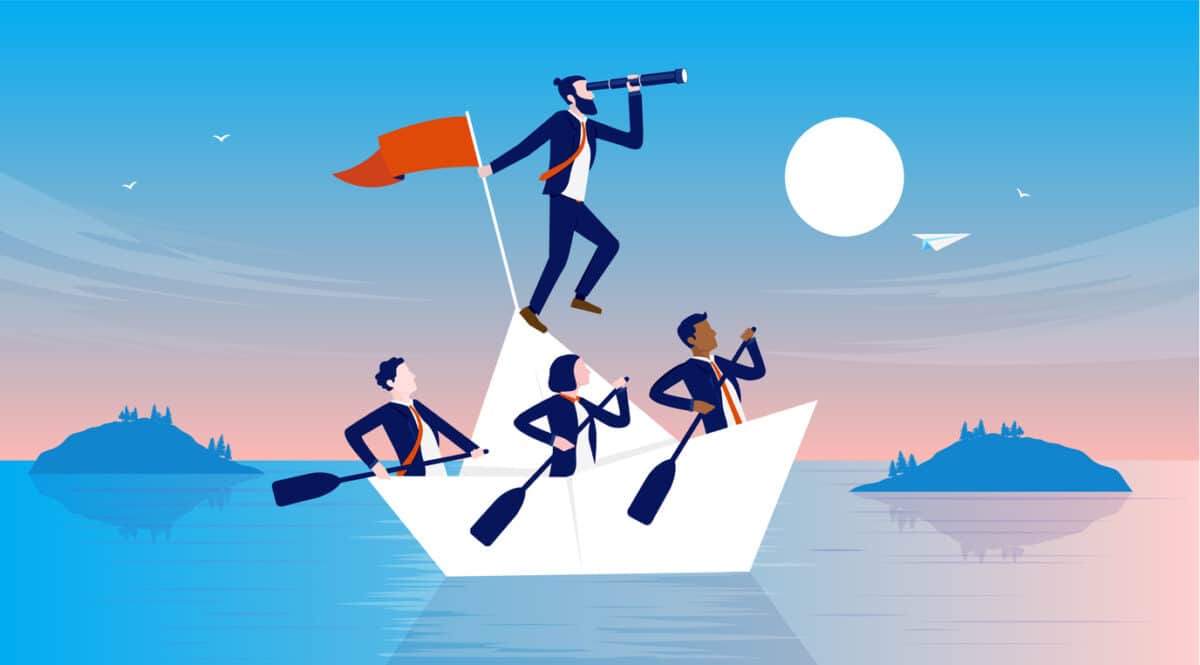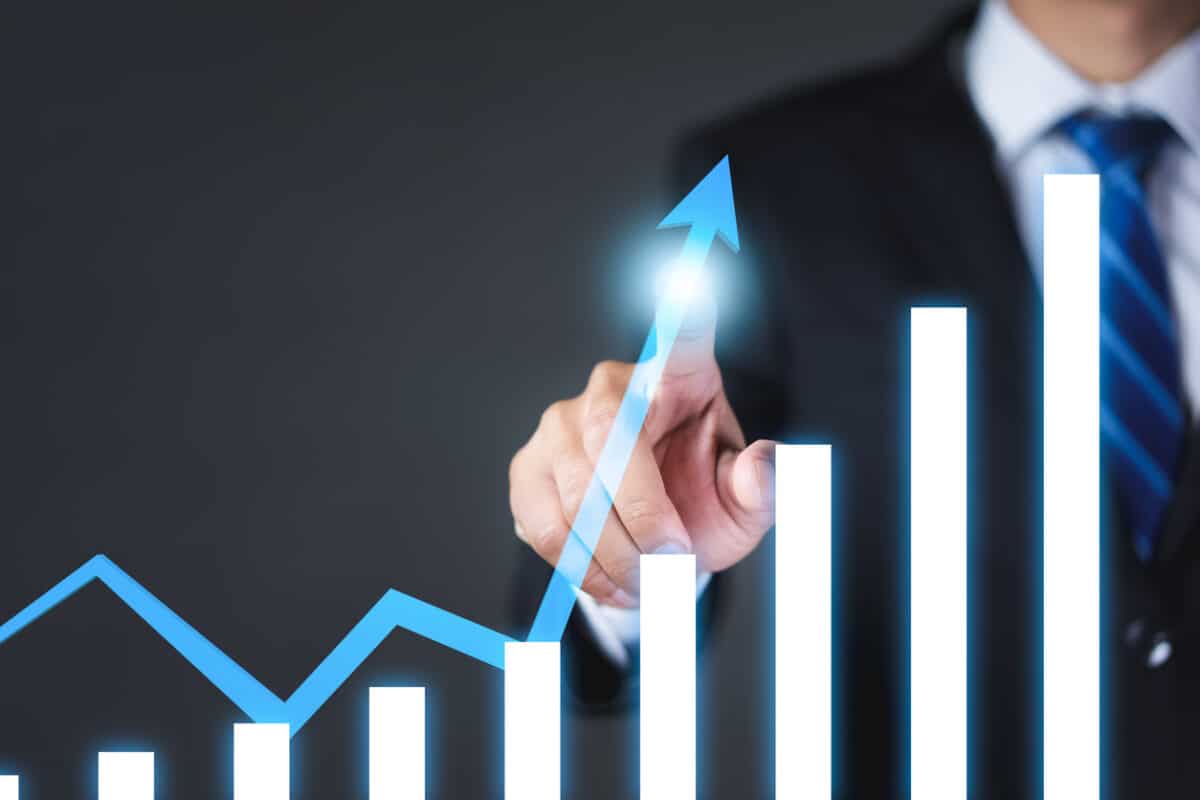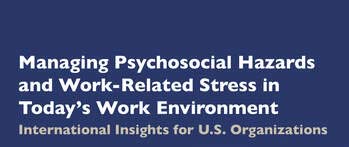Warning: this article discusses suicide
Discussions about workplace mental health are everywhere, including this blog, but workplace suicides are less discussed, even though there is a direct connection between the two themes. This is due to the continuing stigmatisation of suicide, legal caution, reputational preservation and other factors. It is difficult to write about but necessary to do so.
Recently an EY (formerly Ernst Young) employee died at work after a work function. Some media has reported on this tragic incident, but EY has been under media scrutiny for some time about its workplace culture.
Continue reading “Workplace suicide at one of the “Big 4” consulting firms”






